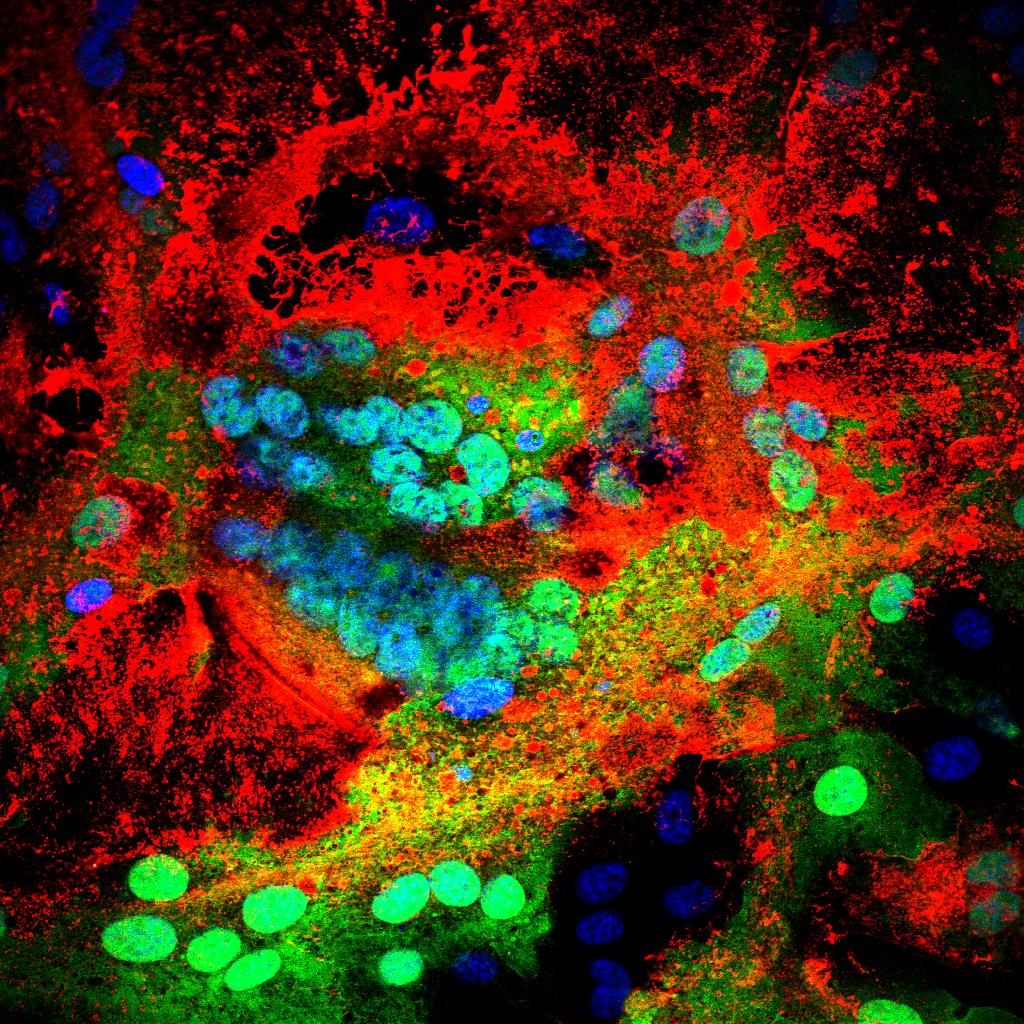Evolutionary genetics underlying the spread of peste des petits ruminants virus
Peste des petits ruminants (PPR) constitutes one of the major hurdles to the improvement of small-ruminant production in countries where it is endemic, directly affecting the poor, the main keepers of those species. Despite the existence of highly effective vaccines for more than 25 years, this disease remains a worrying and emerging cause of morbidity and mortality in endemic and high-risk regions of Africa, the Middle East, and Asia.Evolutionary biology of peste des petits ruminants virus (PPRV), the causative agent of PPR, has taught us much in the last 10 years, most notably about its recent evolutionary history and the extent of genetic diversity that lead to the four viral lineages known. Emergence of PPR, an ongoing issue, is disclosed through tracing back viruses belonging to these lineages.It is likely that viral infections are manifested by a variation of clinical patterns, including strains with altered virulence or epidemiological potential and that the virus may eventually emerge in other species. However, there are still major gaps in our knowledge, most notably, the extent and causes of genetic diversity behind the disease dynamics and the evolution/variation in the disease severity.Thus, special attention is to be paid to evolutionary and epidemiological factors underlying PPRV emergence, maintenance and spread, geographic distribution, and disease patterns. Integrated knowledge will provide decision-making tools for better guidance of control efforts against PPR.
Back to publications
